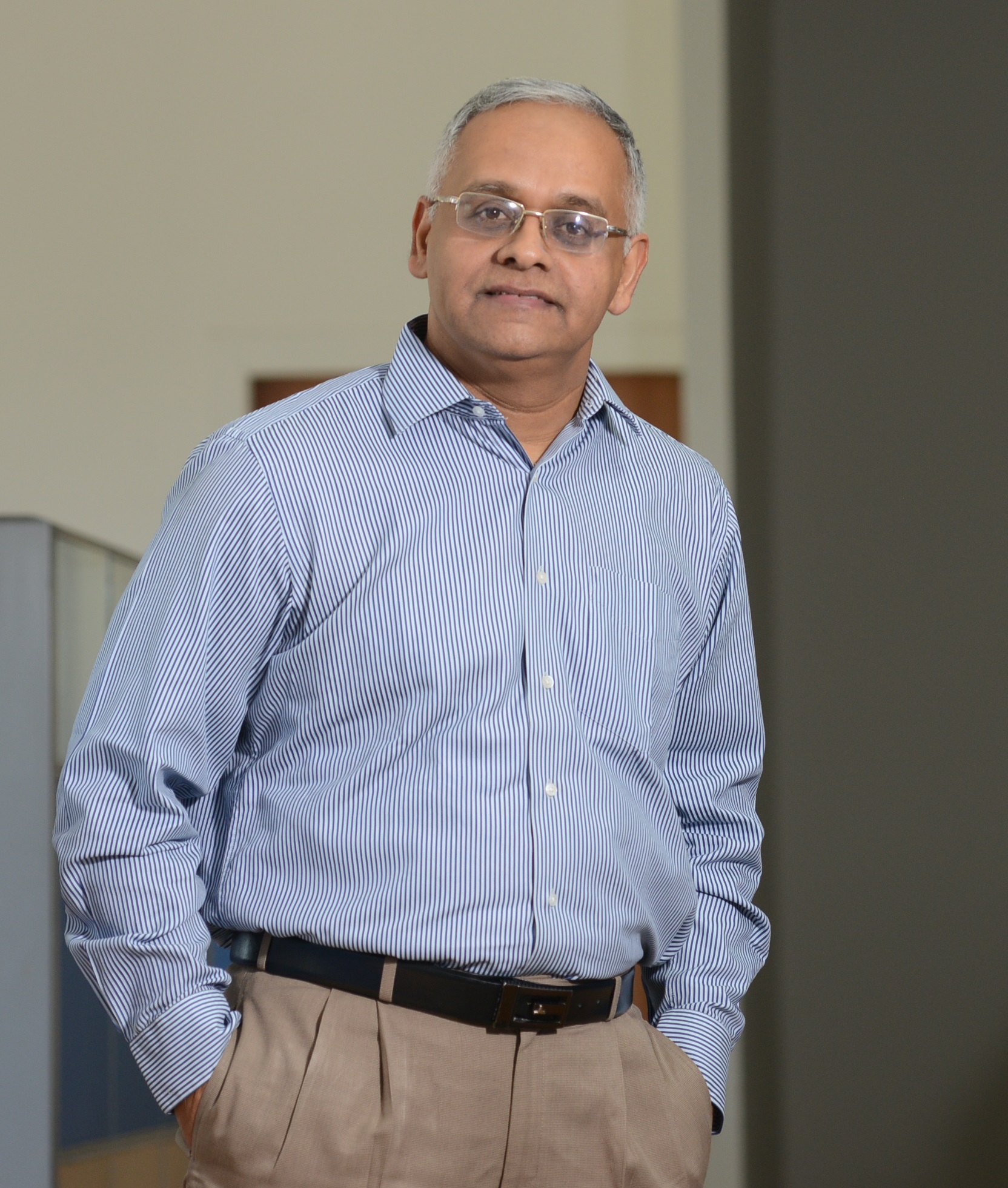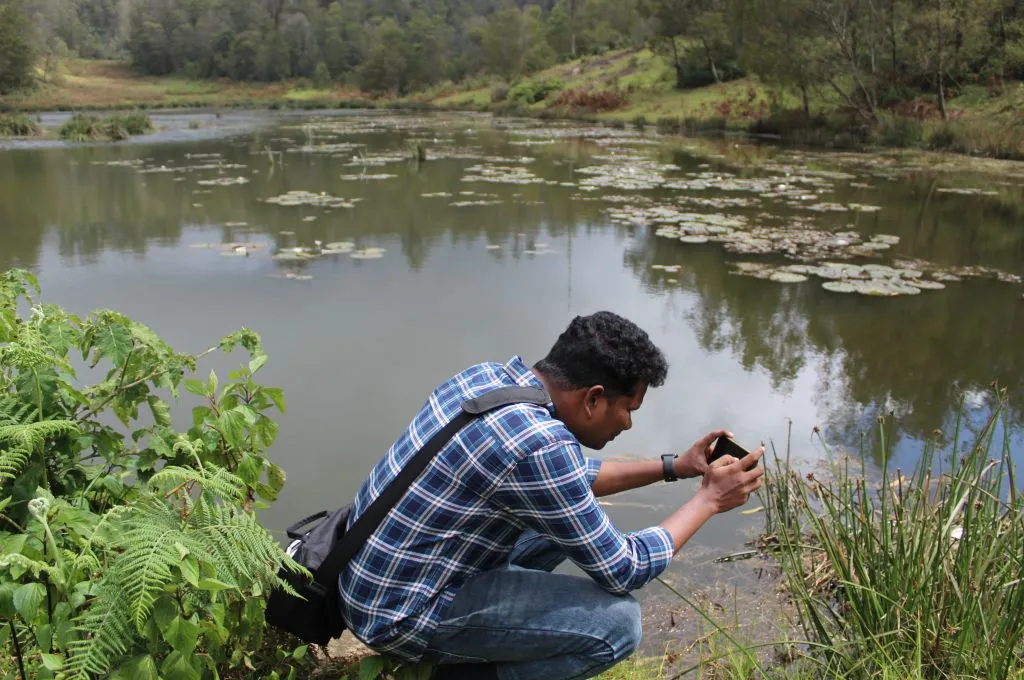Across the world, there is ample evidence to suggest that the use of technology and innovation can help transform lives. And yet, when it comes to the need to harness technology for social good, we seem to fall short.
One reason for this perhaps, is the difficulty nonprofits face when it comes to funding non-programmatic expenses, such as ‘management’ costs, employee salaries, research, technology, innovation, and so on.
In a Bridgespan survey involving 145 nonprofit leaders, 80 percent of the respondents agreed that innovation is the way forward if we are to achieve socioeconomic development. Long-term solutions to problems such as hunger, malnutrition, illiteracy, and so on, lie in innovation. However, only 40 percent of these respondents were confident of their organisations’ capacity to innovate.
Lack of funding to set up infrastructure to support innovation is one of the hurdles organisations face when it comes to capacity building. While there is no dearth of generous donors who are willing to give away millions for causes such as poverty alleviation, hunger eradication, promotion of education, and so on, most of them want their funds to be utilised for programme costs: they want every rupee donated by them to be used to feed, educate, or shelter someone.
Related article: Why funders must invest in organisational capacity
What funders must do to change the scenario
Funders want their money to support organisations that can deliver at scale. To be able to do this, however, nonprofits must have all the necessary tools, including human capital, technology, systems and processes.
Investing in non-programmatic enablers equips nonprofits to deliver quality services to their communities–at scale and over the long-term:
- It helps build infrastructure by leveraging technology and innovation.
- It helps organisations enhance quality of talent by hiring suitable candidates who are paid at par with industry standards.
- It helps establish quality processes that are easy to replicate elsewhere.
Technology also allows organisations to achieve quality of programming at scale, another aspect that is often overlooked. Quality is one of the reasons Akshaya Patra’s initiative is sustainable and replicable, reaching over 1.6 million children across 12 states.
Related article: Want sector level change? Go beyond funding programmes
The timing of making these non-programmatic investments is critical, too. Investing in early stages has several benefits, an important one being that it places less burden on the organisation as it scales.
At an early stage, there is a lot of scope to set up systems that can be modified as and when needed, to prepare for implementation at a larger scale. When an organisation is in its learning phase, the early lessons and failings can be utilised to iron out any wrinkles in the system before large-scale adoption.
Supporting an organisation over the longer term is also important. The quality and sustainability of nonprofit programmes—which are key to their impact—both rely on continuous investment to a great extent.
For example, in the case of Akshaya Patra we cannot say we have provided mid-day meal services to children today but are unable to do so the next day. In order to be sustainable, nonprofits need financial security and that comes with continuous investment.

Picture courtesy: Akshaya Patra
How nonprofits can change the narrative
While there is a consensus among nonprofits about the necessity to evolve and improve infrastructure, they do not pursue this with zeal, for it gives the impression that they are diverting funds towards so-called overhead spending—a budget head that most funders frown upon.
Related article: A 3 step guide for capacity building at nonprofits
In the absence of a definition of what constitutes overhead, nonprofits automatically label all spending on non-programmatic avenues as ‘overhead’ and therefore unnecessary.
The fact, though, is that nonprofits should convince their funders about the importance of spending on technology and other such enablers, which, though technically non-programmatic, helps the organisation achieve its potential by facilitating a wider impact with a smarter use of resources.
For example, the use of Enterprise Resource Planning software has helped us integrate and analyse data around core functions and activities, thus facilitating a centrally managed solution that saves time and resources.
It is not enough to do good; it is equally important to communicate the work that the organisation is doing, the resources it requires and the impact it has, to its stakeholders—current as well as potential. This communication can be facilitated in multiple ways such as publishing reviewed financial statements, audit and evaluation reports, impact studies, in the annual report, official website and other collateral.
The more a nonprofit’s funders and partners understand the various components required to improve outcomes, the more likely they will be open to investing in them.
In other words, it takes two to make non-programmatic investments become a reality in the nonprofit sector. While it is imperative for funders to engage their energies into funding factors that enrich sustainability and scalability initiatives, it is equally critical for nonprofits to communicate the importance of doing so.





